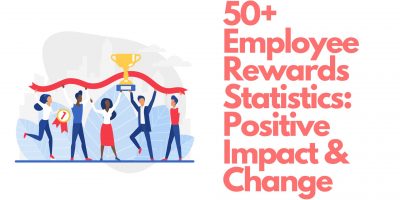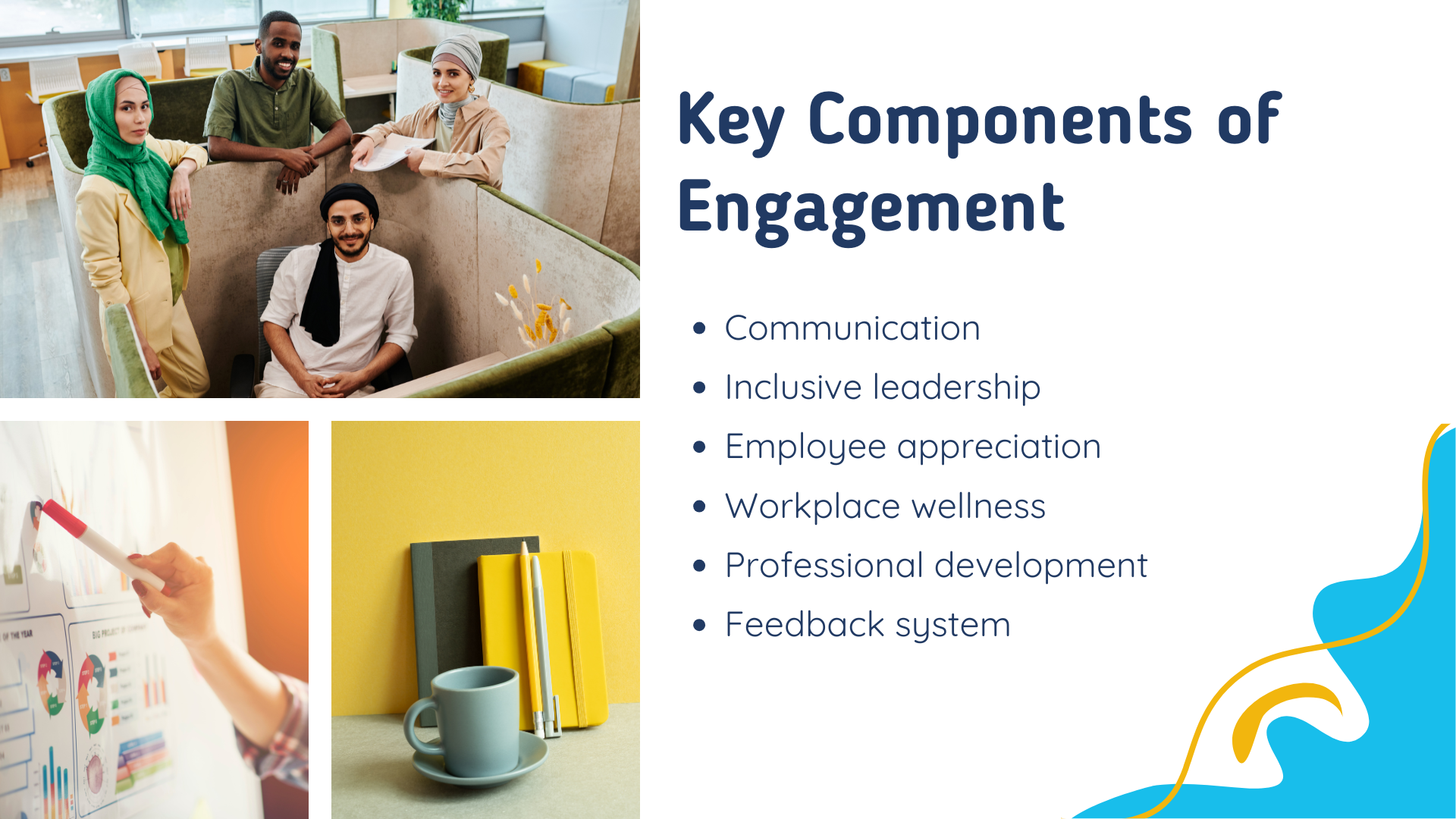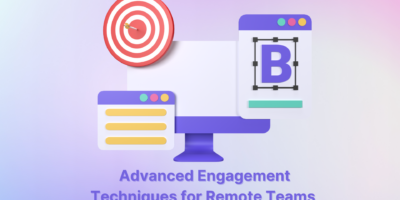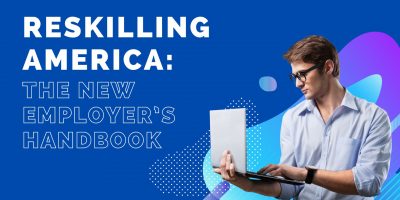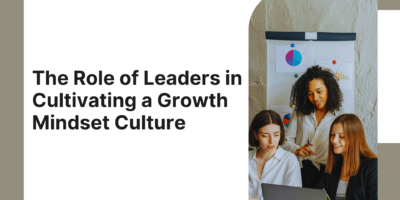Effectively measuring employee engagement at work isn’t a one-day task. It is a continuous process of gathering employee feedback, analyzing what’s working and not, and addressing issues quickly. This process helps employers promote open communication and improve overall engagement.
Here’s how you can measure employee engagement:
- Conduct surveys and draw insights from employee responses
In 25% of businesses, employees don’t feel heard, which impacts their overall morale.
Therefore, employers should gather honest and regular employee feedback to understand employees’ pain points and problems by using tailored surveys (including multiple-choice and open-ended questions) within teams across departments.
ESI (employee satisfaction index) is a straightforward metric showing employees’ happiness. It is about asking them what their daily work life is like. You can send them a survey through a tailored email to make it easy for them to answer it using their phones.
Leverage AI to deliver personalized, relevant, and impactful messages and improve your response management process. An AI email assistant can help write personalized email copy and handle the influx of email responses.
The NPS, or net promoter score, measures employees’ satisfaction by asking a simple question: How likely will you recommend your workplace?
Employees can rate their experience on a scale of 1-10 (10 indicating highly likely).
- Calculate the absenteeism rate
A high absenteeism rate is a surefire indicator of a sub-par workplace environment. It is a red flag that needs immediate attention.
Here’s how you can calculate the absenteeism rate.
Absenteeism rate = number of absences/number of workdays
- Calculate the employee turnover rate
Employee turnover rate is directly related to employee satisfaction and engagement. Unhappy employees are keen on looking for better opportunities and encourage their peers to follow suit.
To calculate the employee turnover rate, divide the number of employees who left during the year by the average number of employees at the beginning of this period.
So, if the year begins with 200 employees and five employees leave during the year, the employee turnover will be 5/200 = 0.025 or 2.5%.
Employee engagement software can help assess a company’s initiatives, gather feedback, and understand employee sentiment. Hence, these platforms can boost productivity, retention, and revenue through effective employee engagement.
